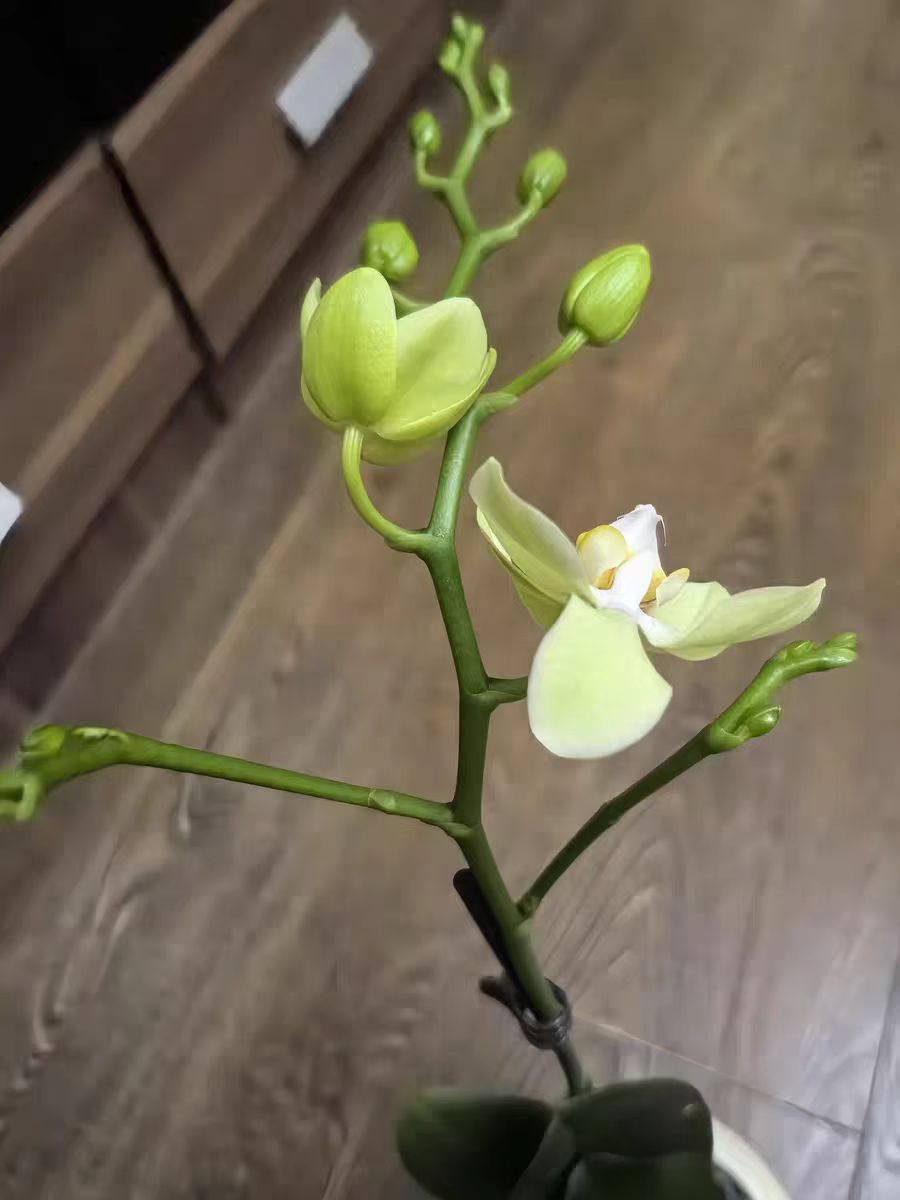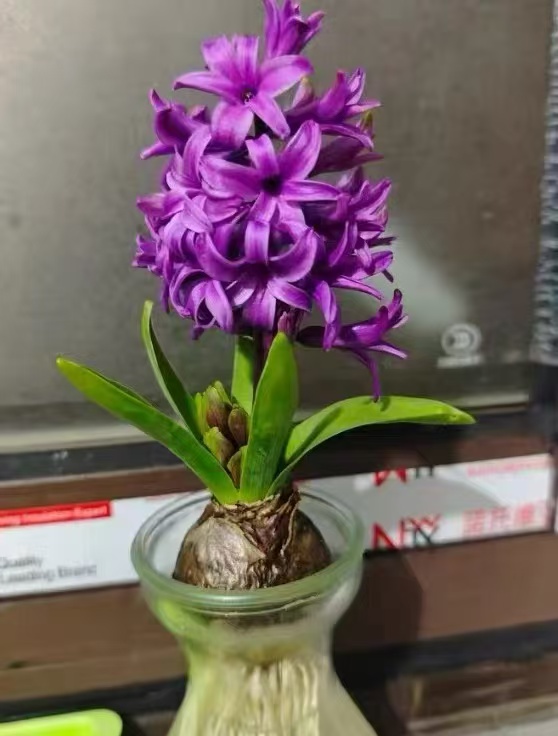To ensure that Phalaenopsis continues to grow healthily and bloom beautifully, timely repotting and choosing suitable planting materials are of vital importance. Next, we will delve into the situations in which Phalaenopsis needs repotting, as well as what kind of soil should be used during the repotting process.
Situations in which Phalaenopsis needs repotting:
Growth period: Generally speaking, Phalaenopsis needs to be repotted every 1 to 2 years. As time goes by, the plant keeps growing, and the space in the original flower pot gradually becomes cramped. The roots coil and grow within the limited space, and may even fill the entire pot, making it difficult for them to obtain sufficient nutrients and growth space. At this time, repotting can provide a broader growth environment for Phalaenopsis and help it continue to thrive.
Root condition: Carefully observe the roots of Phalaenopsis. If a large number of white aerial roots are found protruding from the drainage holes of the flower pot, or the roots are crowded and tightly entangled in the pot, it indicates that the roots have grown excessively and the original flower pot can no longer meet their needs, so repotting should be carried out in a timely manner. In addition, if the roots show unhealthy symptoms such as blackening, rotting, or shriveling, repotting is also necessary. Take the plant out of the old pot, trim off the damaged roots, and replace the planting material to create a healthy growth condition for Phalaenopsis and prevent the further spread of diseases.
Aging of planting materials: Commonly used planting materials for Phalaenopsis, such as sphagnum moss and bark, will gradually decompose and rot after long-term use, losing their good air permeability and water retention capacity. When the planting material is found to become sticky and compacted, and water is difficult to penetrate and drain out after watering, leading to waterlogging easily, it means that the planting material has aged and can no longer provide a suitable growth environment for the plant. Repotting and replacing with new planting material must be done as soon as possible.
Slow growth of the plant: If Phalaenopsis grows significantly slowly under normal maintenance conditions, with few and small new leaves sprouting, and the number of flowers decreasing and the quality deteriorating, after excluding factors such as pests, diseases, and improper maintenance management, it is likely that the growth of the roots is restricted or the nutrients in the planting material are insufficient. In this case, repotting can improve the growth status of the plant.
Planting materials suitable for repotting Phalaenopsis:
Sphagnum moss: Sphagnum moss is one of the commonly used planting materials for repotting Phalaenopsis. It has good water retention and air permeability. High-quality sphagnum moss can keep the roots moist while avoiding root rot caused by waterlogging. When using it, first soak the sphagnum moss in clean water to fully absorb water, then squeeze out the excess water, wrap it around the roots of Phalaenopsis, and put it into the flower pot to fill and compact. However, sphagnum moss is prone to rot after being used for a period of time and needs to be replaced regularly.
Bark: Bark (such as pine bark) is also a suitable planting material for Phalaenopsis. The bark has a loose texture and excellent air permeability, which is beneficial for root respiration and has a certain water retention capacity. It decomposes slowly and has a relatively long service life. When using bark as a planting material, pay attention to breaking it into an appropriate size. If it is too large, it will affect the attachment of the roots, and if it is too small, it will reduce the air permeability. The bark can be mixed with sphagnum moss to complement each other's advantages and provide a more ideal growth substrate for Phalaenopsis.
Coconut coir: After processing, coconut coir has good water permeability and air permeability, and contains certain nutrients, which can provide support for the growth of Phalaenopsis. The coconut coir has a hard texture, is not easy to rot, and has a long service life. However, coconut coir is acidic. Before use, it can be properly rinsed or neutralized to adjust the pH value to make it more suitable for the growth of Phalaenopsis. Similarly, coconut coir can also be used in combination with other planting materials, such as mixing it with sphagnum moss and bark to optimize the performance of the planting material.
Ceramsite and charcoal: Ceramsite has strong drainage and air permeability, which can effectively prevent waterlogging at the bottom of the pot and increase the oxygen supply to the roots. Charcoal has the functions of adsorbing impurities, regulating humidity, and preventing corrosion and sterilization, which can improve the environment of the planting material and protect the health of the roots of Phalaenopsis. When repotting, a layer of ceramsite can be first laid at the bottom of the flower pot, and then other planting materials can be added. A small amount of charcoal particles can also be mixed into the planting material to improve the overall quality of the planting material.
Understanding the right time for repotting Phalaenopsis and suitable planting materials is a crucial part of maintaining Phalaenopsis well. By repotting in a timely manner and choosing high-quality planting materials, a comfortable growth environment can be created for Phalaenopsis, allowing it to bloom more charmingly under our careful care.
In what situations does a Phalaenopsis need repotting?

Share with
Tagged in :



Leave a Reply